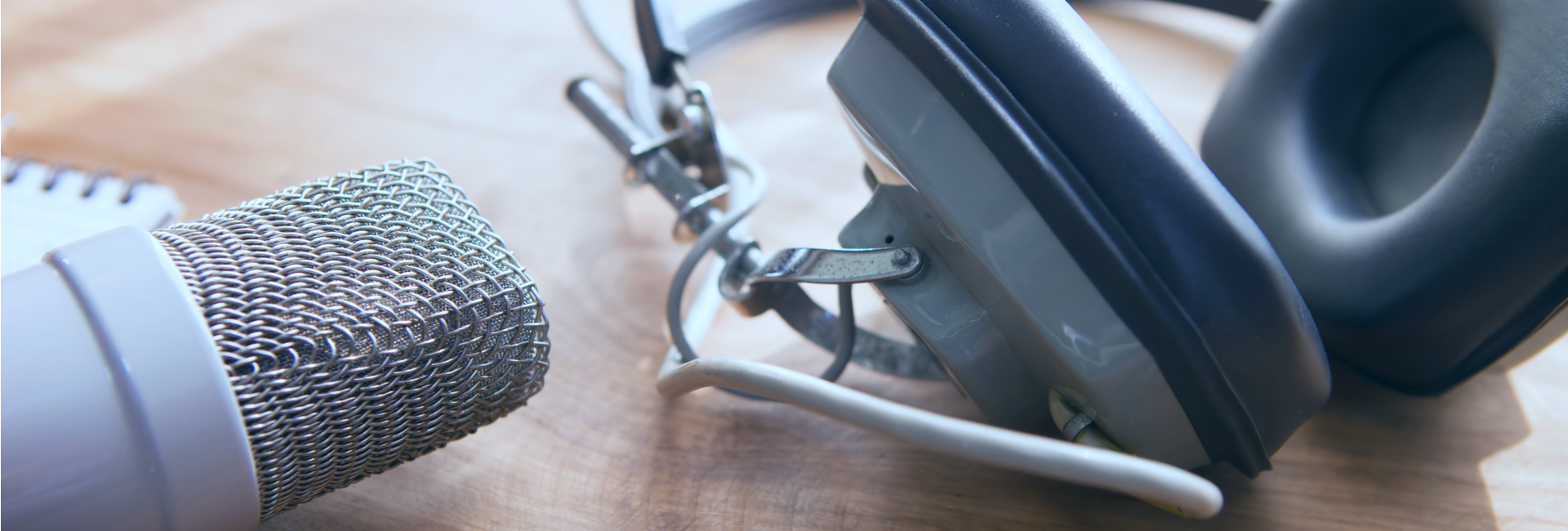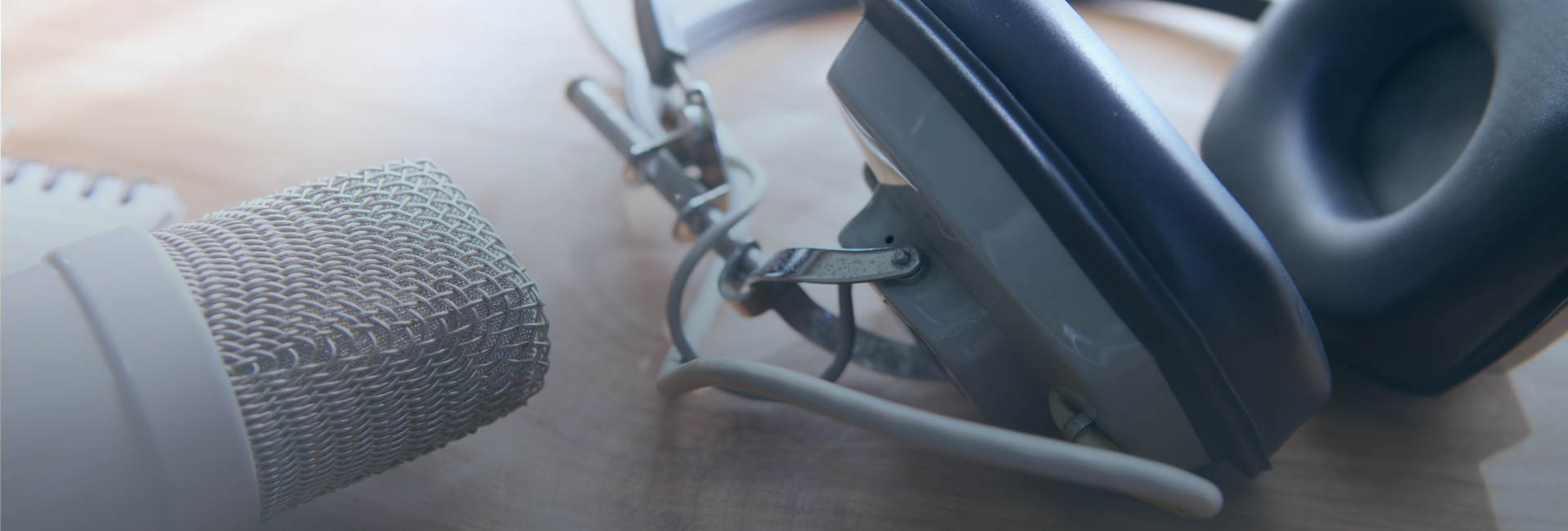Episode 108 | Just Imaging Flow Cytometry
Just Imaging Flow Cytometry
In episode ten of the 2019 R&D season, Just Science interviews Dr. Christopher Ehrhardt, professor at Virginia Commonwealth University, about a method for determining tissue type, age of evidence, and contributors from biological mixtures using cellular autofluorescence signatures.
It goes without saying that cells collected from different parts of the body look different. Buccal, vaginal, epidermal, and blood cells all have unique intrinsic properties. However, when they are combined, it can be difficult to discern what components are actually in the mixture. Using Imaging Flow Cytometry, Dr. Ehrhardt has found a way to differentiate between cell types, estimate cellular age, and identify contributors in the sample. Listen in as he discusses how autofluorescence data and cellular properties are being used to analyze samples without destroying the evidence in this episode of Just Science.
This episode of Just Science is funded by the National Institute of Justice’s Forensic Technology Center of Excellence [Award 2016-MU-BX-K110].
You can also find us on Stitcher or Soundcloud
Dr. Christopher Ehrhardt is currently an associate professor in the Forensic Science Department at Virginia Commonwealth University in Richmond, Virginia. He received his PhD from University of California–Santa Barbara in earth and environmental sciences and completed postdoctoral appointments at the Federal Bureau of Investigation’s Laboratory Research Unit (Quantico, Virginia) and the National Security Directorate at Pacific Northwest National Laboratory (Richland, Washington). At Virginia Commonwealth, his research group studies the biochemistry, optical properties, and genetics of trace biological samples as well as front end methods for resolving cell mixtures for DNA casework.
Additional Resources:
2019 NIJ R&D Symposium Archival



